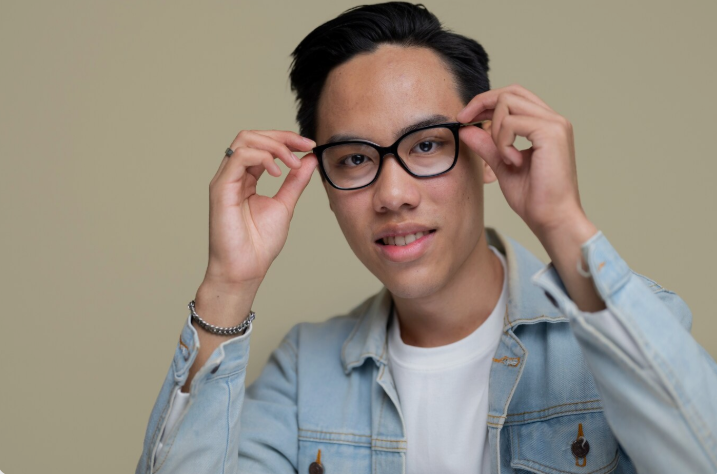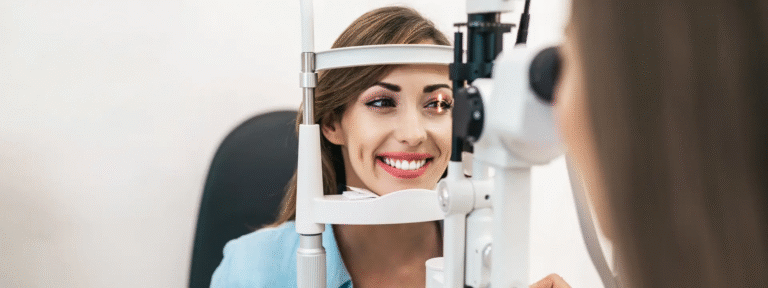If you’re traveling to Korea for a Deep Plane Facelift, you’re not alone—thousands of medical tourists each year choose Korea for its world-class cosmetic surgery, natural results, and highly trained surgeons. But like any surgical trip abroad, safety should be your top priority.
This guide outlines essential safety tips to ensure a smooth, informed, and successful facelift experience as an international patient in Korea.
🧑⚕️ 1. Choose a Board-Certified Facial Plastic Surgeon
Not all surgeons are the same—make sure you choose a plastic surgeon who:
- Is board-certified in plastic surgery by the Korean Society of Plastic and Reconstructive Surgeons (KSPRS)
- Specializes in Deep Plane Facelifts, not just basic or mini-lifts
- Has before-and-after photos and real patient testimonials
👉 Pro Tip: Ask if they have experience working with foreign patients and various ethnic facial structures.
📋 2. Schedule a Virtual Consultation First
Before booking your flight:
- Arrange a virtual consultation via Zoom, WhatsApp, or the clinic’s platform
- Ask about your candidacy, expected results, risks, and recovery timeline
- Clarify all fees and what’s included (consultation, anesthesia, hospital stay, aftercare)
✅ Reputable clinics like Banobagi, Dream, and 1mm Plastic Surgery offer free or low-cost pre-surgery consultations.
🏨 3. Plan for a Minimum Two-Week Stay
Don’t rush your trip. Deep Plane Facelift recovery involves:
- 2–3 days of post-op swelling
- 7–10 days before stitches are removed
- 10–14 days until you’re comfortable flying back
✅ Book accommodations near your clinic or recovery center, ideally in Gangnam or Apgujeong, where most top clinics are located.
🔍 4. Verify Clinic Credentials and Facility Safety
Ensure the clinic is:
- Accredited by the Korean Ministry of Health
- Equipped with on-site emergency equipment
- Using hospital-grade anesthesia and has an in-house anesthesiologist
✅ Ask for a tour of the facility (virtually or in person) before booking.
📑 5. Get the Right Medical Visa (D-10 or C-3)
For surgeries like a Deep Plane Facelift, it’s better to:
- Apply for a Medical Visa (C-3-3 or D-10) through a certified medical tourism agency
- This allows you to stay longer and avoid immigration issues
🎫 Some clinics partner with visa consultants and help you with paperwork.
💊 6. Bring Essential Medications and Know Local Brands
Carry a personal medication kit, especially if you:
- Take prescription drugs (blood pressure, thyroid, etc.)
- Have allergies or sensitivities
Also ask your clinic:
- What painkillers and antibiotics will be prescribed
- If alternatives are available in Korea
🛡️ Bonus Tip: Bring translated medical documents (in English or Korean) for any chronic conditions.
🩺 7. Prepare for Language Differences
While many Korean clinics have English-speaking staff, misunderstandings can happen. Make sure:
- You have a translator app or hire a medical translator
- All consent forms are translated into your language
- You’re fully clear about risks, post-op care, and signs of complications
🌐 Clinics with strong international reputations often have full-time English, Chinese, and Arabic-speaking coordinators.
💰 8. Understand Total Cost and Payment Methods
Ask for a transparent, all-inclusive quote before traveling:
- Surgery fee
- Hospital fee
- Anesthesia
- Post-op garments
- Follow-up care
💳 Korea mostly accepts Visa, MasterCard, and bank transfer—check for credit card fees or cash discounts.
🚑 9. Arrange for Emergency Contact and Local Support
Prepare for the unexpected by:
- Knowing the nearest general hospital
- Saving clinic emergency numbers
- Having a Korean SIM card or portable Wi-Fi to stay connected
- Informing your embassy or consulate of your medical trip
📞 Some clinics offer 24/7 patient hotlines during your recovery.
🌿 10. Prioritize Safe Recovery Practices
Healing is just as important as the surgery:
- Sleep with head elevated to reduce swelling
- Avoid smoking, alcohol, and heavy exercise for 3–4 weeks
- Use clinic-recommended creams and scar treatments
🚿 Most Korean clinics also provide:
- LED therapy for swelling
- Anti-inflammatory herbal supplements (Hanbang)
- Optional in-clinic cleansing or facial massages post-recovery
💬 What Patients Say About Safety in Korea
“The care and professionalism exceeded my expectations. The clinic walked me through every step, and I felt safe and informed at all times.”
— Lisa B., UK
“Korea was the safest place I could have chosen. The staff took care of everything, including airport pickup and translator service.”
— Maria R., UAE
✨ Final Thoughts
Korea offers cutting-edge facelift procedures with unmatched precision and aesthetics—but safety comes first. Do your homework, communicate clearly, and give yourself enough time to heal properly.




